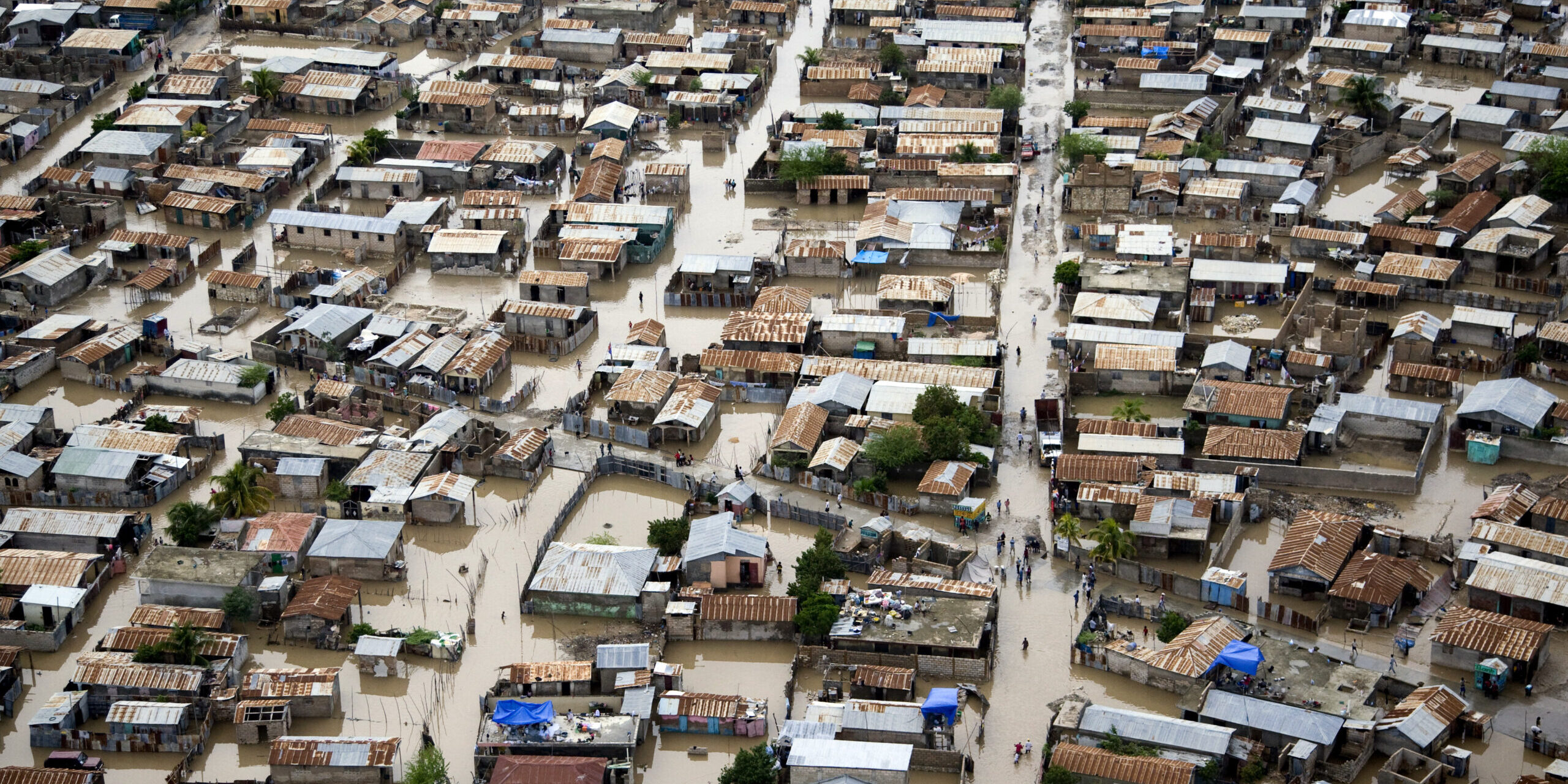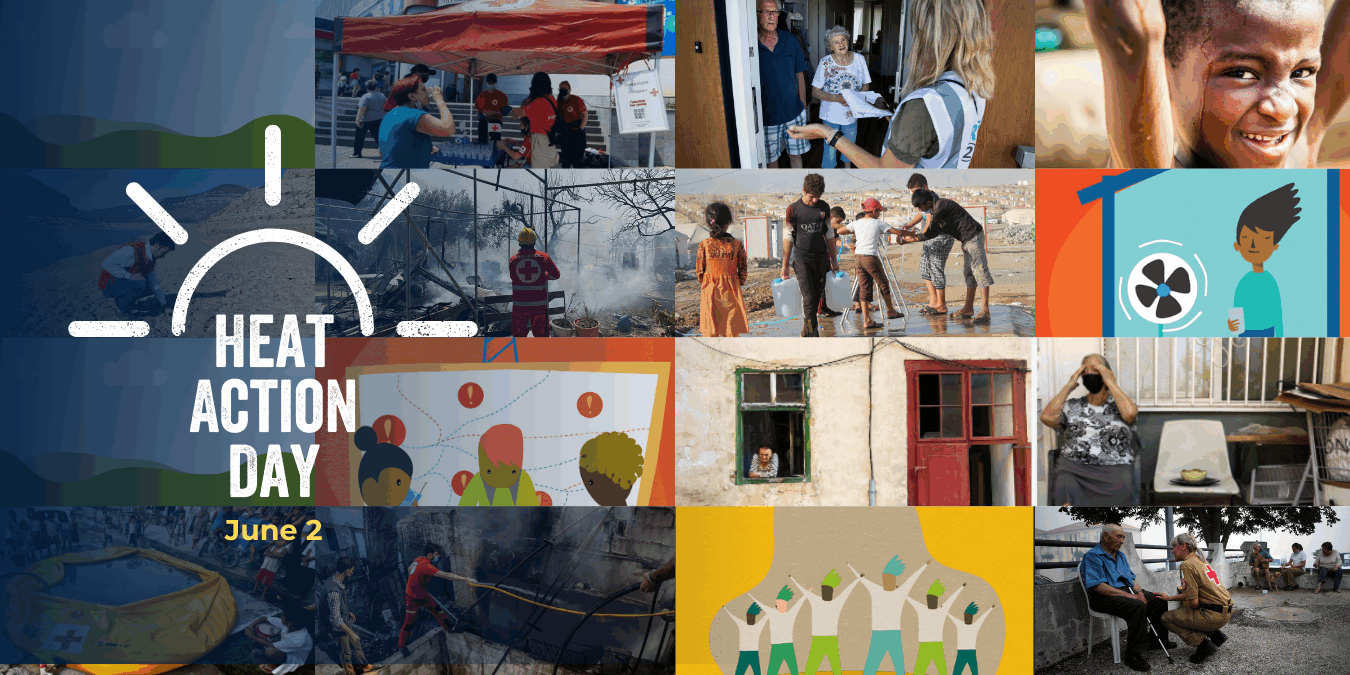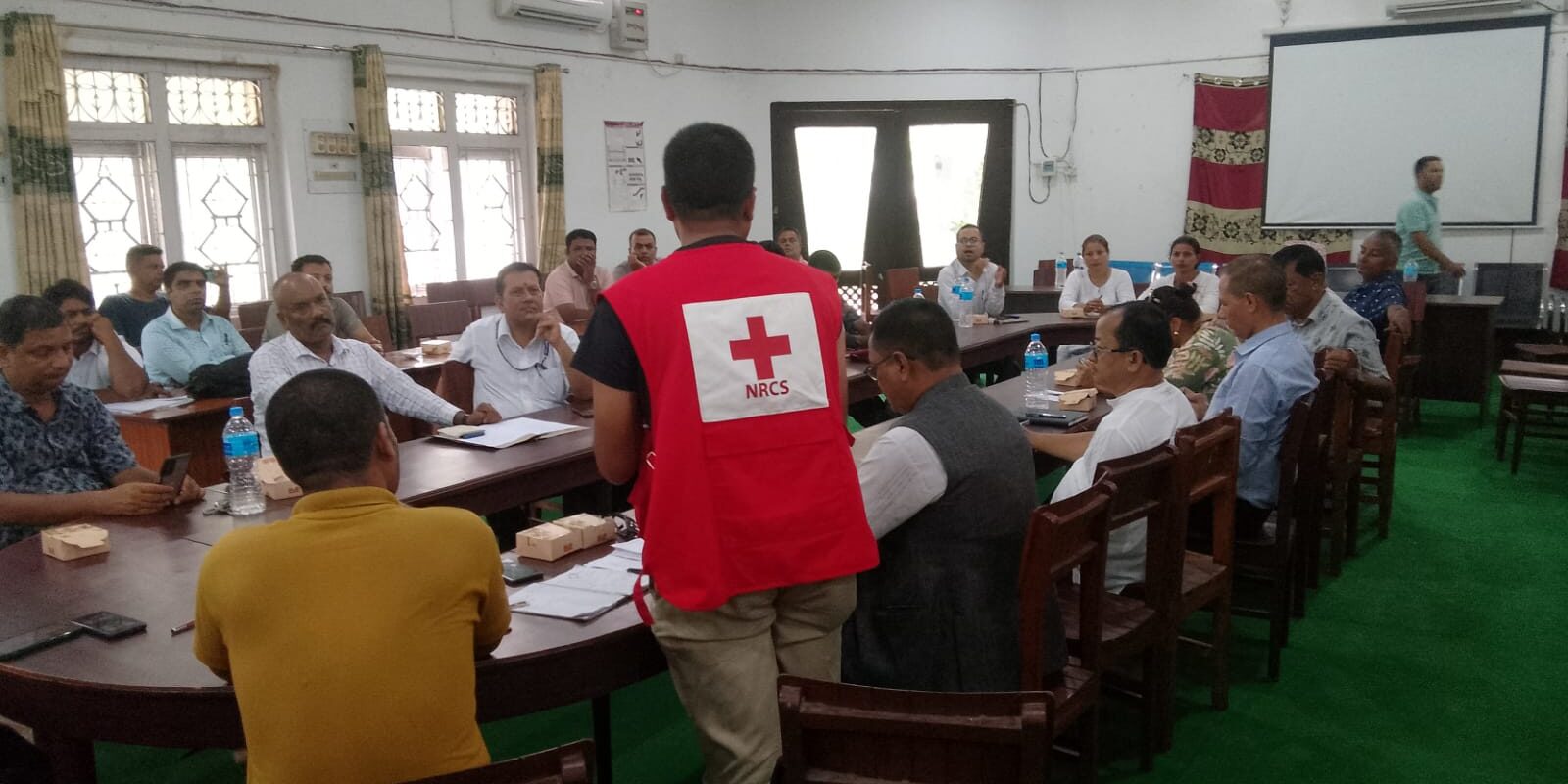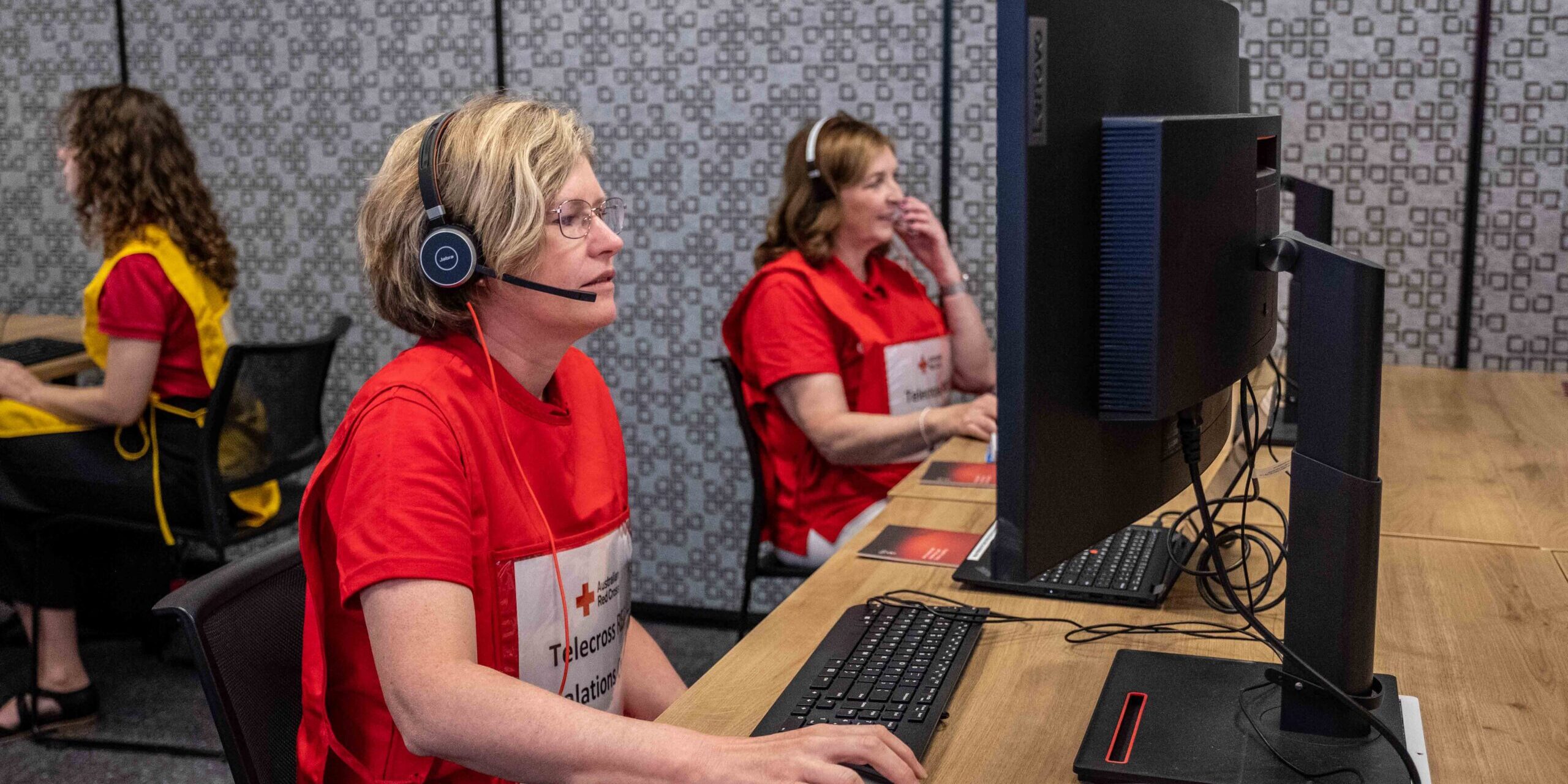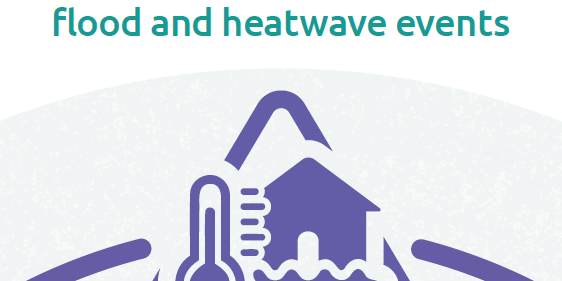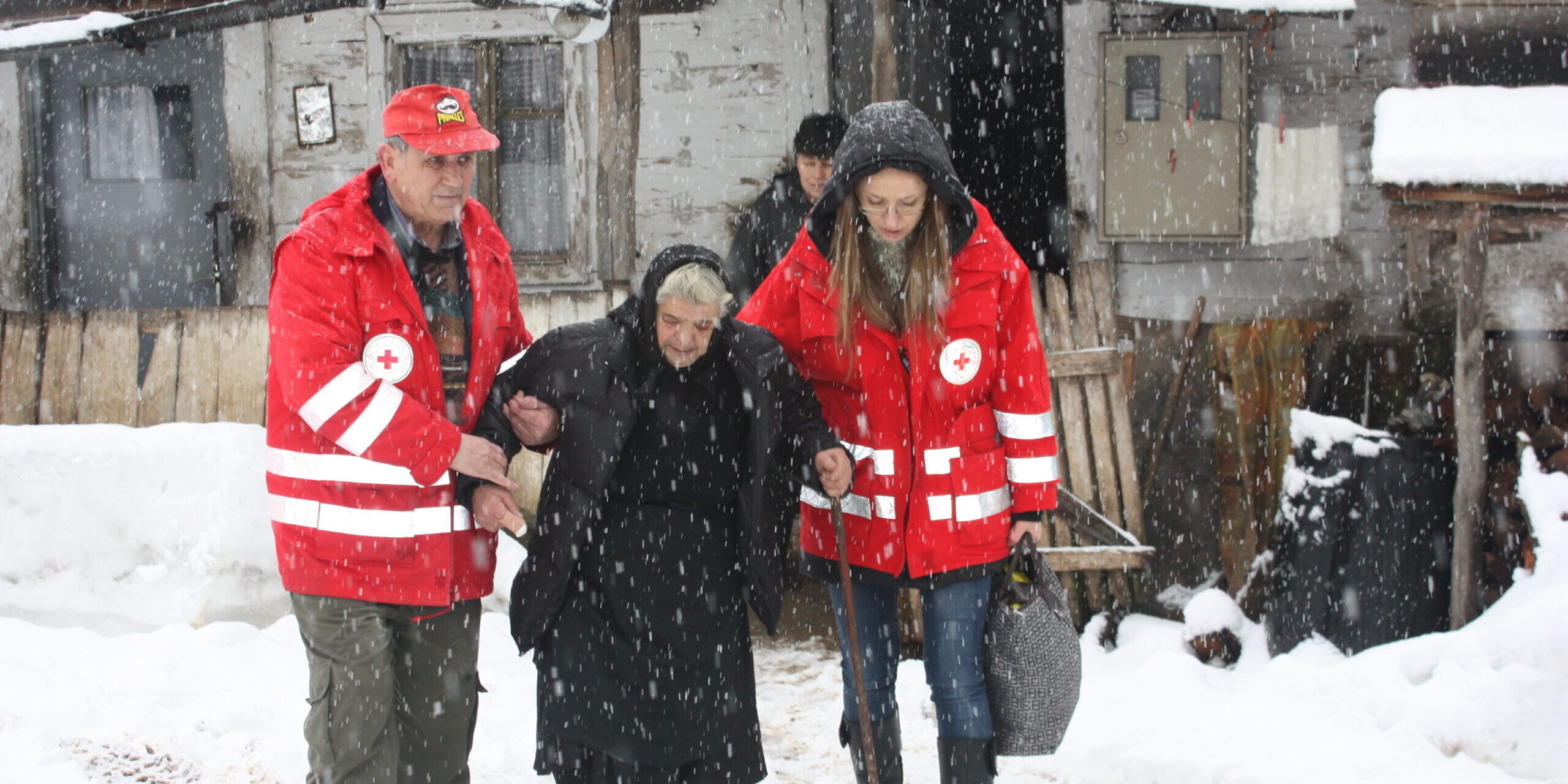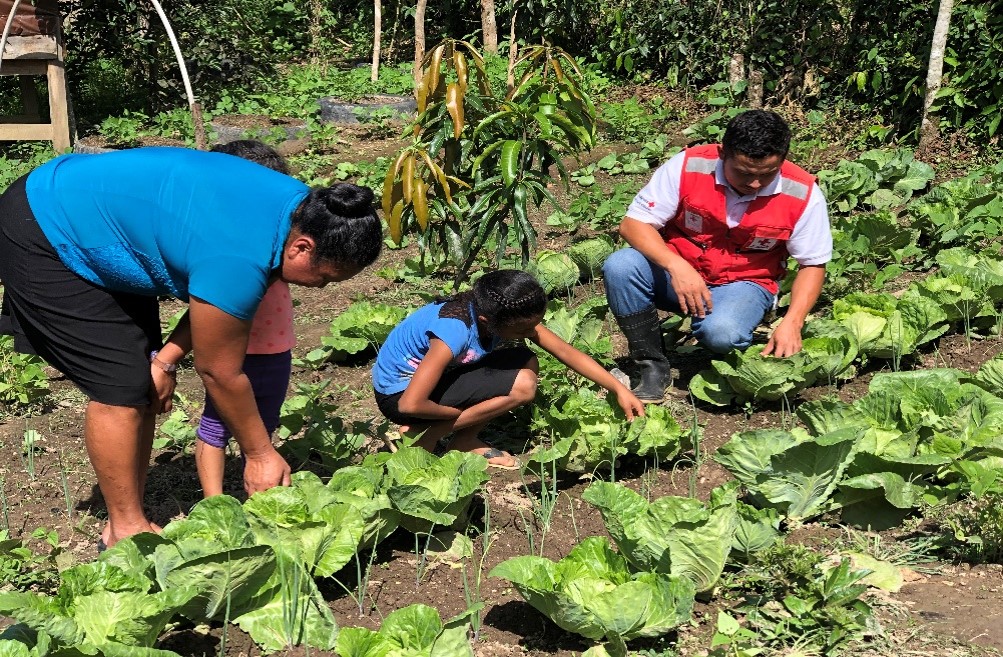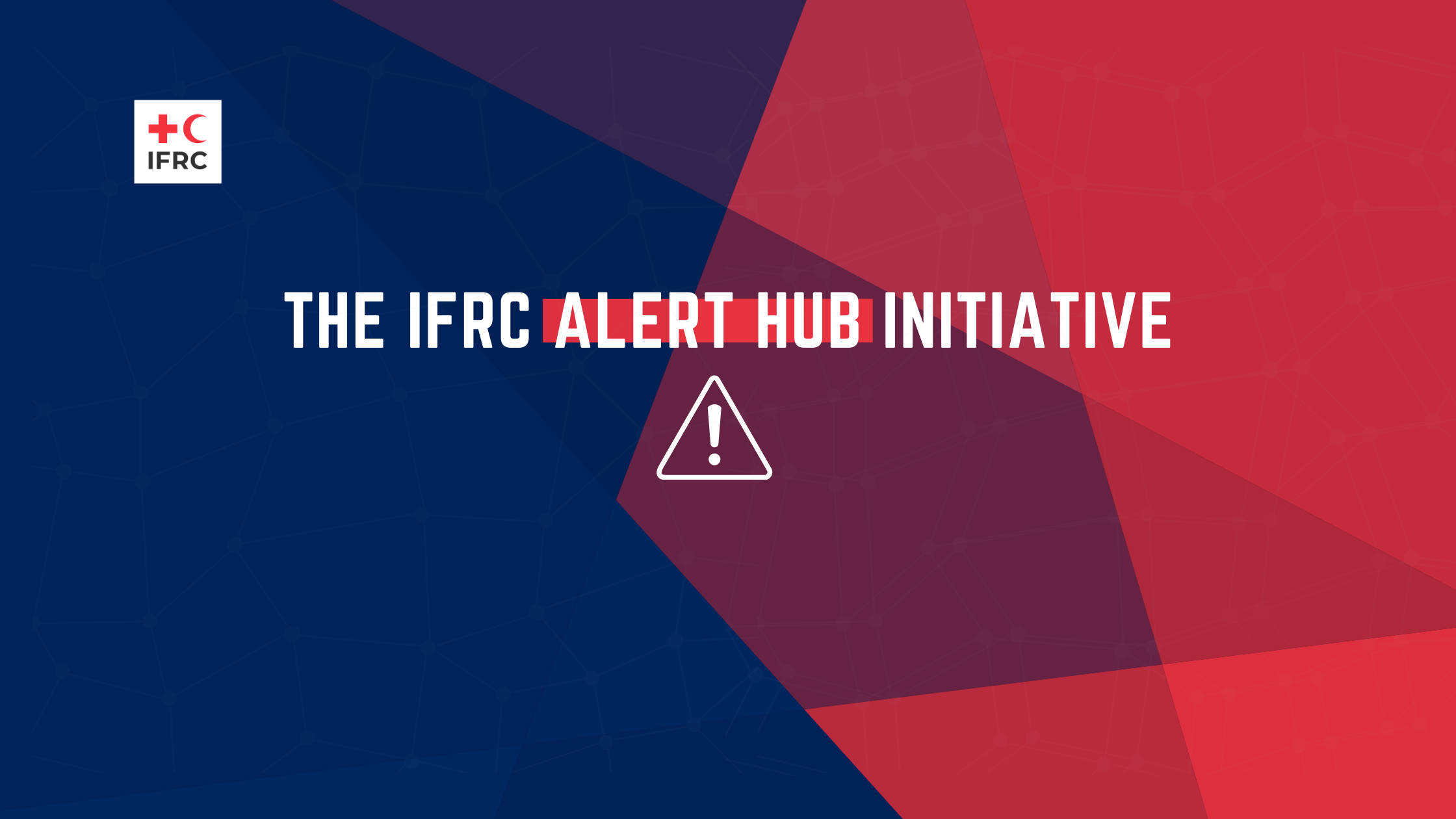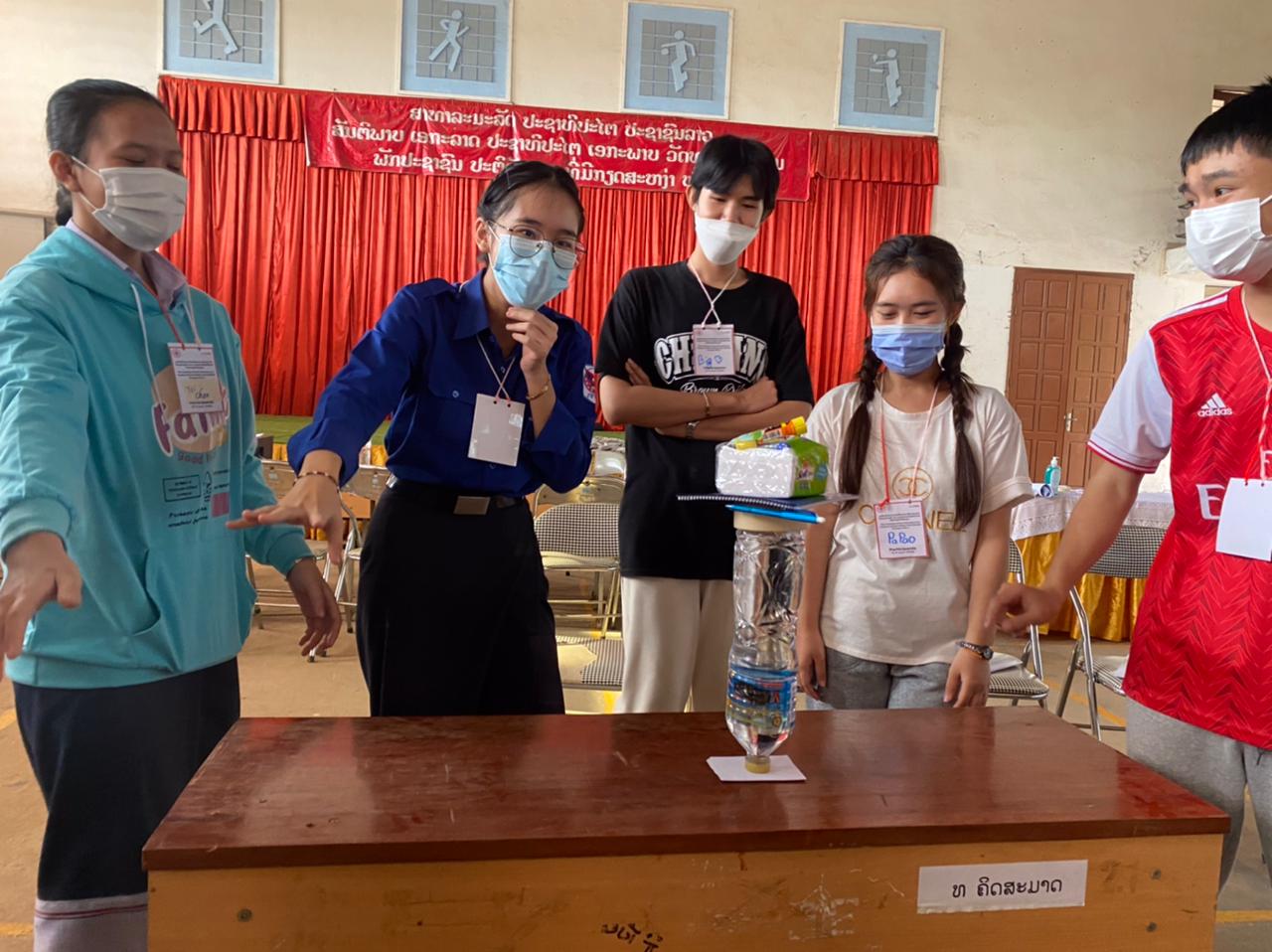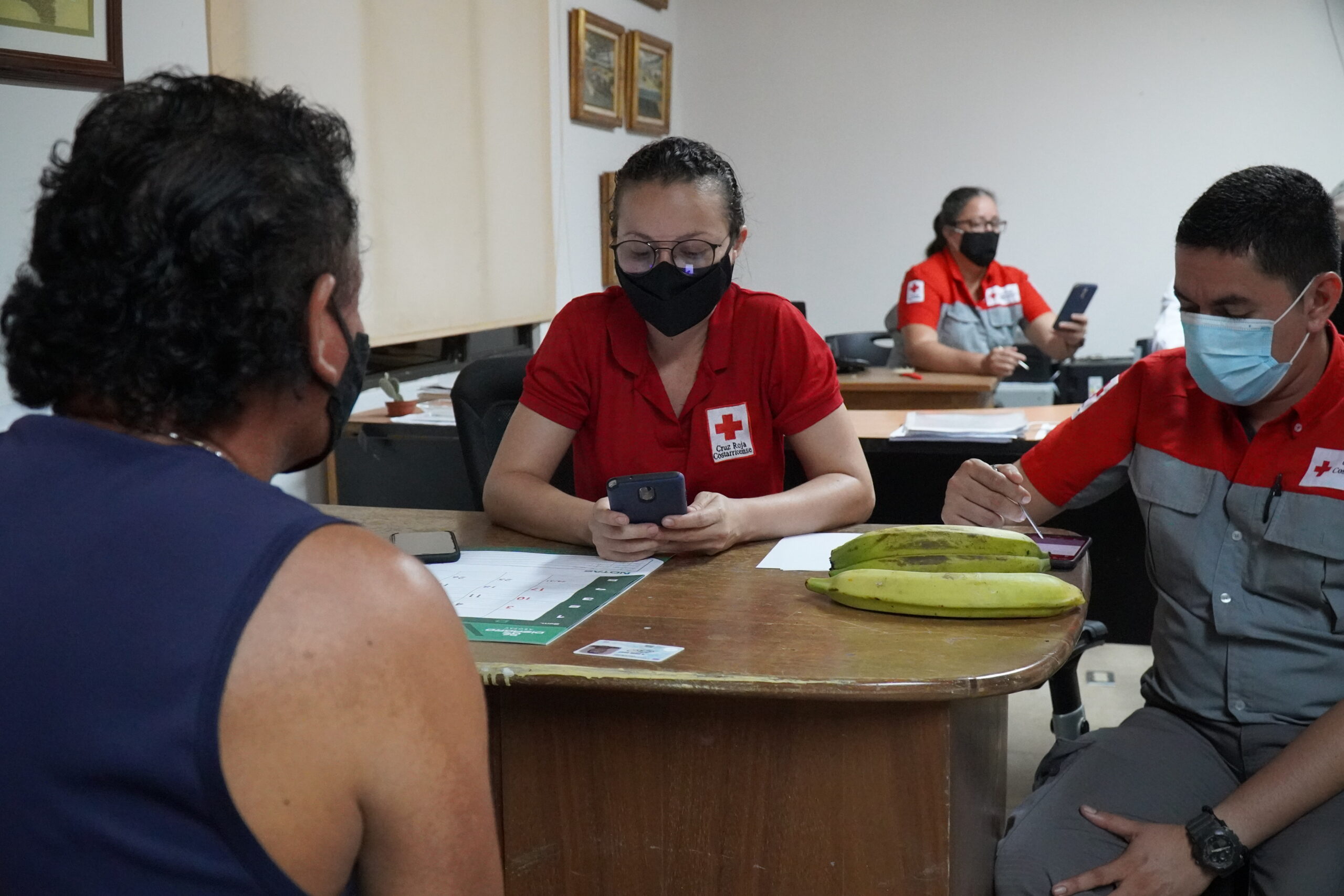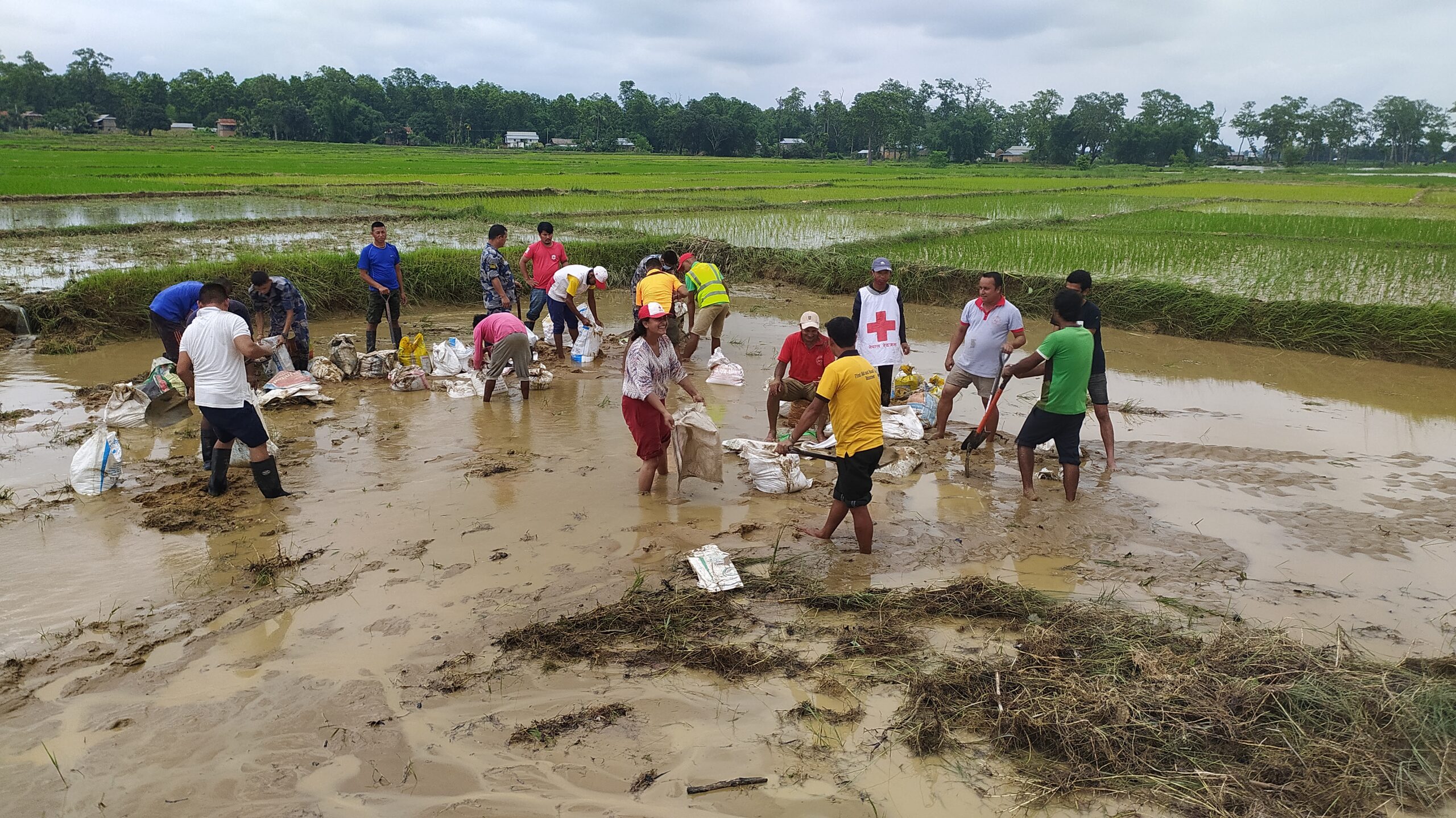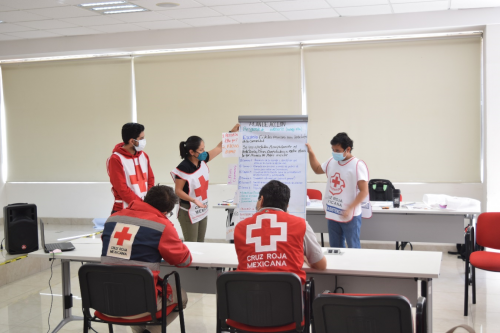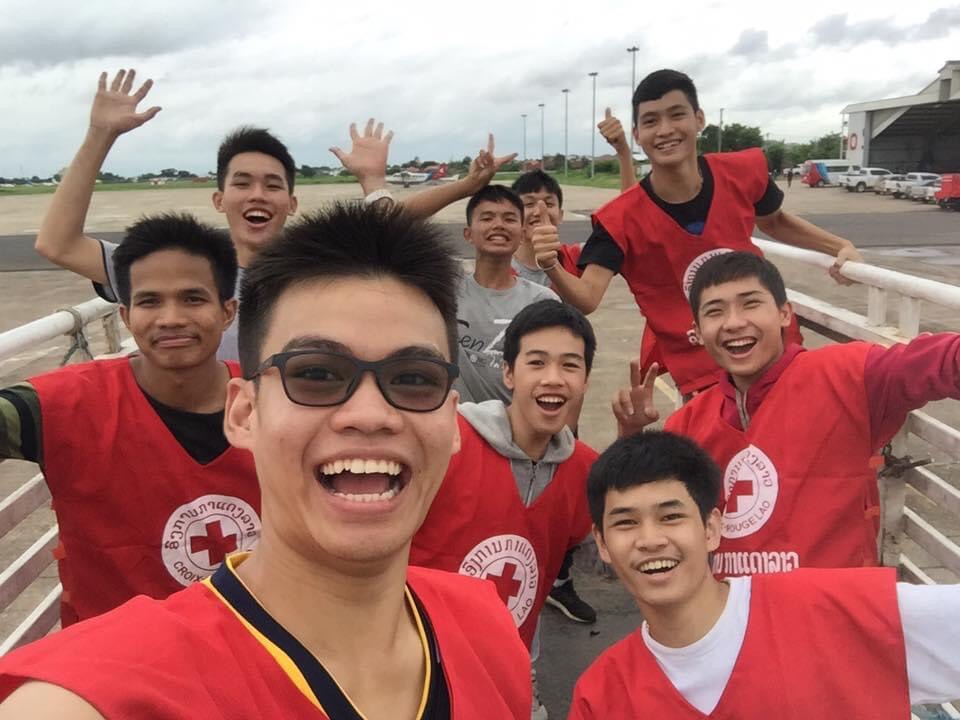Featured Stories
Sorry, we couldn't find any posts. Please try a different search.
Unpacking the Summer: Learning About Heat in Adelaide
Listening Over Coffee: Stories Behind the Data The Post-Event Review Capability (PERC), developed by the Zurich Climate Resilience Alliance, offers ...
From Assessment to Action: A New Tool to Support Urban Resilience
Cities around the world are stepping up efforts to reduce disaster risk and build resilience. While many tools help identify vulnerabilities, the chal...
Community-First Approach: How the American Red Cross Helps Build Disaster Resilience Where It’s Needed Most
Across the United States, the American Red Cross is working to reduce disaster risks and strengthen the long-term resilience of the most vulnerable co...
Scorched Future: The Rising Toll of Extreme Heat in the Philippines
Authors: Mia Grace Ligutan, Seth Sarmiento, Steven Villena, Cale Johnstone Rising temperatures in the Philippines, particularly in urban areas ...
Heat Action Day 2025 – Activities to #BeatTheHeat all around the World
On Monday, June 2, 2025, we celebrated the 4th edition of Heat Action Day (HAD). As the impact of Heat Action Day spreads, our influence is a joy to q...
Strengthening Risk Governance from the Ground Up: Nepal’s MDRGA Tool in Action
Authors: Bhesh Parajuli | Cale Johnstone | Anil Rai Local Solutions for Local Risks Disaster risk is most acutely felt—and most effectively managed�...
Telecross Redi: Heatwave Service
Extreme weather events pose significant risks to vulnerable populations, especially those who are isolated or have underlying health conditions. In re...
Pre-Financing Anticipatory Action: A Practical Guide for National Societies
Anticipatory action is expanding and being mainstreamed across the Red Cross Red Crescent Movement. As National Societies add more Early Action Protoc...
Double Jeopardy: Addressing compound flood and heatwave events
Compound events, such as floods and heatwaves occurring in close succession or simultaneously, can interact in a way that creates more severe outcomes...
Preparedness for winter weather and response by National Societies in Europe and Central Asia
This briefing note outlines common winter weather hazards experienced across Europe and Central Asia, and the ways in which National Societies are pre...
More Stories
 Filter
Filter
Hazard: Landslides caused by land degradation and extreme events. Solution: Sustainable land management High-level results: Sustainable reduction of l...
An amazing surge of innovations in emergency alerting is happening now to ensure accurate and actionable emergency alerts reach communities around the...
As the world’s most disaster-prone region, people in the Asia-Pacific are four times more likely to be affected by weather-related disasters than in...
“Sixty percent of the twenty-five countries most affected by climate change are affected by conflicts and wars. Climate hazard adaptation is lacking...
This document is originally posted on the IFRC official website on March 17,2022 here. The International Federation of Red Cross and Red Crescent Soci...
Nepal Red Cross Society volunteers and local people strengthen a breached embankment to prevent floodwater from entering their settlement. Photo by Ne...
For the past two years, the Mexican Red Cross and the Red Cross Red Crescent Climate Centre have collaborated closely at the intersection of climate c...
Artificial intelligence (AI) and machine learning (ML) are rapidly changing the world as we know it. Digital technology is transforming the deployment...
The Asia Pacific Urban Community Resilience Hub is pleased to announce the winners of the 2nd Urban Community Resilience Small Grant Initiative: Nep...
As auxiliaries to national governments and as trusted partners, Red Cross National Societies around the world are involved in many disaster management...


